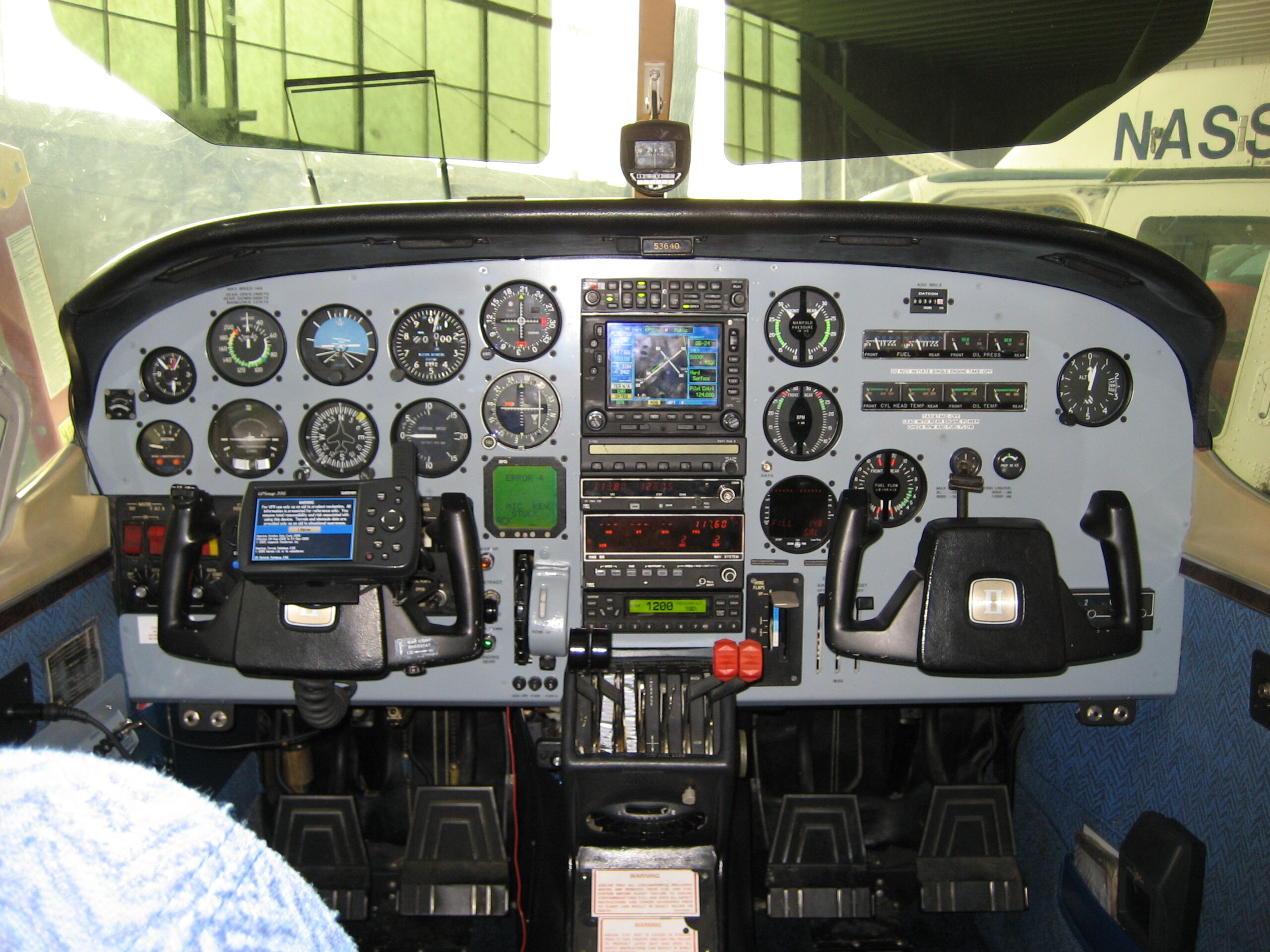Aviation technology has come a long way since the Wright brothers’ first successful flight in 1903. Today, aircraft are equipped with advanced electronic systems that ensure safe and efficient air travel. These systems are known as avionics, and they play a crucial role in modern-day aviation. To keep these systems running smoothly, aircraft maintenance personnel rely on a variety of avionics tools.
In this article, we’ll take a closer look at the essential avionics tools used in aircraft maintenance. From multimeters to oscilloscopes, we’ll explore the functions of each tool and why they’re important for keeping planes flying safely.
Why Are Avionics Tools Important?
Before we dive into the specific types of avionics tools, let’s first understand why they’re so important. Avionics systems are essentially the brain of an aircraft, controlling everything from navigation to communication to engine performance. Without proper functioning avionics, pilots would be unable to fly safely and efficiently.
To keep avionics systems running smoothly, aircraft maintenance personnel must have access to specialized tools that can diagnose and repair any issues that arise. These tools are designed to be highly accurate, reliable, and easy to use, ensuring that technicians can quickly identify problems and get planes back in the air as soon as possible.
Types of Avionics Tools
Now that we understand why avionics tools are so important, let’s explore some of the most commonly used types:
1. Multimeter
A multimeter is a versatile tool used to measure electrical voltage, current, and resistance. In aircraft maintenance, multimeters are used to diagnose problems in avionics circuits by measuring voltage levels and checking for continuity. They can also be used to test batteries and other electrical components.
2. Oscilloscope
An oscilloscope is another essential tool for aircraft maintenance personnel. This device is used to measure and analyze electrical signals, providing a visual representation of how signals change over time. In avionics maintenance, oscilloscopes can be used to diagnose issues with communication systems, navigation equipment, and other electronic components.
3. Wire Crimpers
Wire crimpers are handheld tools used to compress and deform metal connectors onto wires. These connectors are essential for maintaining electrical connections in avionics systems, ensuring that power is properly transmitted throughout the aircraft. Wire crimpers are available in a variety of sizes and styles to accommodate different wire gauges and connector types.
4. Screwdrivers
While screwdrivers might seem like a basic tool, they’re actually crucial for avionics maintenance. Aircraft are filled with small screws that hold electronic components in place, and technicians must have the right screwdriver to remove them without damaging the surrounding circuitry. Screwdrivers come in many different sizes and shapes, so it’s important to have a variety on hand.
5. Pliers
Pliers are another versatile tool used in avionics maintenance. They can be used for a wide range of tasks, including cutting wires, bending metal, and manipulating small components. Needle-nose pliers are particularly useful for working in tight spaces or handling delicate parts.
6. Torque Wrenches
Torque wrenches are specialized tools used to tighten bolts and nuts to precise specifications. In avionics maintenance, torque wrenches are essential for ensuring that electronic components are securely fastened without being over-tightened or under-tightened.
7. Soldering Irons
Soldering irons are used to melt solder – a metal alloy – which is then used to join two pieces of metal together. In avionics maintenance, soldering irons can be used to repair damaged circuits or replace faulty components.
8. Diagnostic Software
In addition to physical tools, avionics maintenance technicians also rely on diagnostic software to identify and troubleshoot issues with electronic systems. This software can analyze data from the aircraft’s sensors and provide detailed information about any problems that arise.
Conclusion
Avionics tools are essential for maintaining the complex electronic systems that keep aircraft flying safely. From multimeters to soldering irons, each type of tool plays a unique role in ensuring that avionics components function properly. By having access to these specialized tools, aircraft maintenance personnel can quickly diagnose and repair any issues that arise, ensuring that planes continue to fly safely and efficiently.
References:
– “Avionics.” Wikipedia, Wikimedia Foundation, 6 June 2021, en.wikipedia.org/wiki/Avionics.
– “Aviation Maintenance Technician Handbook – General.” Federal Aviation Administration, faa.gov/regulations_policies/handbooks_manuals/aircraft/amt_airframe_handbook/media/amtagb.pdf.
– “Aviation Maintenance Technician Handbook – Powerplant.” Federal Aviation Administration, faa.gov/regulations_policies/handbooks_manuals/aircraft/amt_powerplant_handbook/media/amtpower.pdf.




